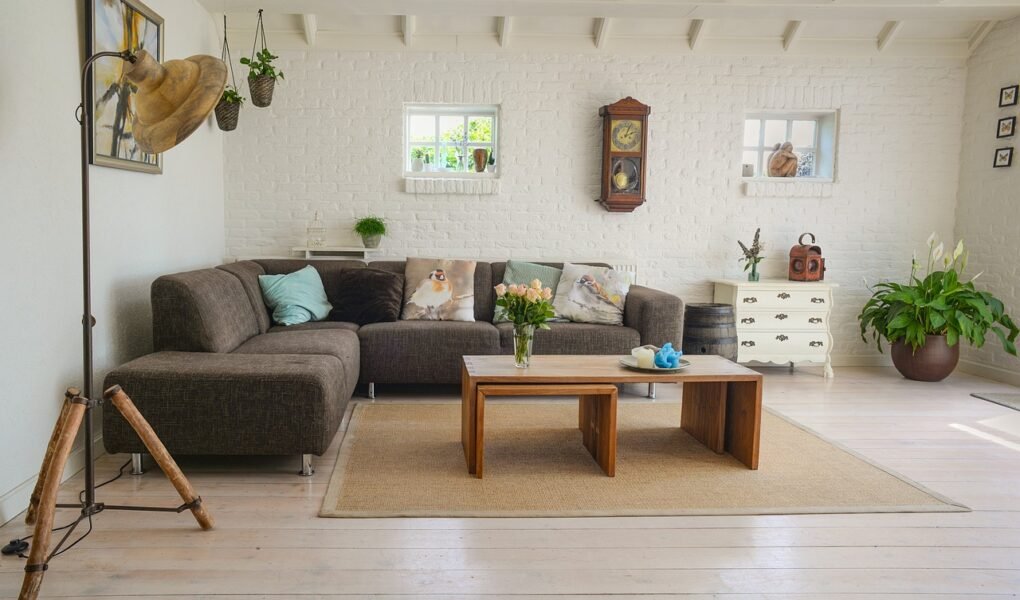Enhancing your décor with accent lighting can completely transform the ambiance of your space. By strategically placing accent lights, you can highlight specific features, create an inviting atmosphere, and add a touch of sophistication to any room. Whether you want to illuminate a stunning artwork, bring attention to architectural details, or simply elevate the overall aesthetic, these accent lighting tips will guide you in creating a well-lit and visually captivating space.
Understanding Accent Lighting
Definition of accent lighting
Accent lighting refers to a type of lighting that is used to highlight specific objects, areas, or features in a space. It is a decorative form of lighting that adds depth and dimension to a room by creating emphasis and drawing attention to focal points. Instead of providing general illumination, accent lighting is focused on creating visual interest and enhancing the overall ambience of a space.
Purpose of accent lighting
The primary purpose of accent lighting is to enhance the aesthetic appeal of a room. It helps create a sense of drama, adds texture, and brings out the architectural features of a space. Accent lighting is also used to create different moods and atmospheres, depending on the desired effect. Whether you want to showcase a piece of artwork, illuminate a dark corner, or highlight certain elements in a room, accent lighting can play a significant role in creating the desired visual impact.
Benefits of using accent lighting in home décor
There are several benefits to incorporating accent lighting into your home décor:
-
Enhanced ambience: Accent lighting adds warmth, character, and depth to a room, creating a cozy and inviting atmosphere.
-
Highlighting focal points: Whether it’s a stunning piece of artwork, a beautiful sculpture, or an architectural feature, accent lighting helps draw attention to these focal points and make them stand out.
-
Increased functionality: Accent lighting can be used to illuminate specific areas or objects, making them more functional and usable.
-
Flexibility: With a wide range of lighting options to choose from, accent lighting allows you to customize and adapt the lighting in your space according to your needs and preferences.
-
Personalization: Accent lighting provides an opportunity to showcase your personal style and taste, as well as add a unique touch to your home décor.
Types of Accent Lighting
Wall Sconces
Wall sconces are fixtures that are mounted on walls and provide both functional lighting and decorative appeal. They come in various styles and designs, such as traditional, modern, and vintage, allowing you to choose the one that complements your existing décor.
Track Lighting
Track lighting consists of a series of adjustable fixtures that are mounted on a track. It is a versatile option for accent lighting, as the fixtures can be positioned and directed to highlight specific objects or areas in a room.
Spotlights
Spotlights are focused beams of light that are used to illuminate a particular object or area. They are commonly used to highlight artworks, sculptures, or architectural details.
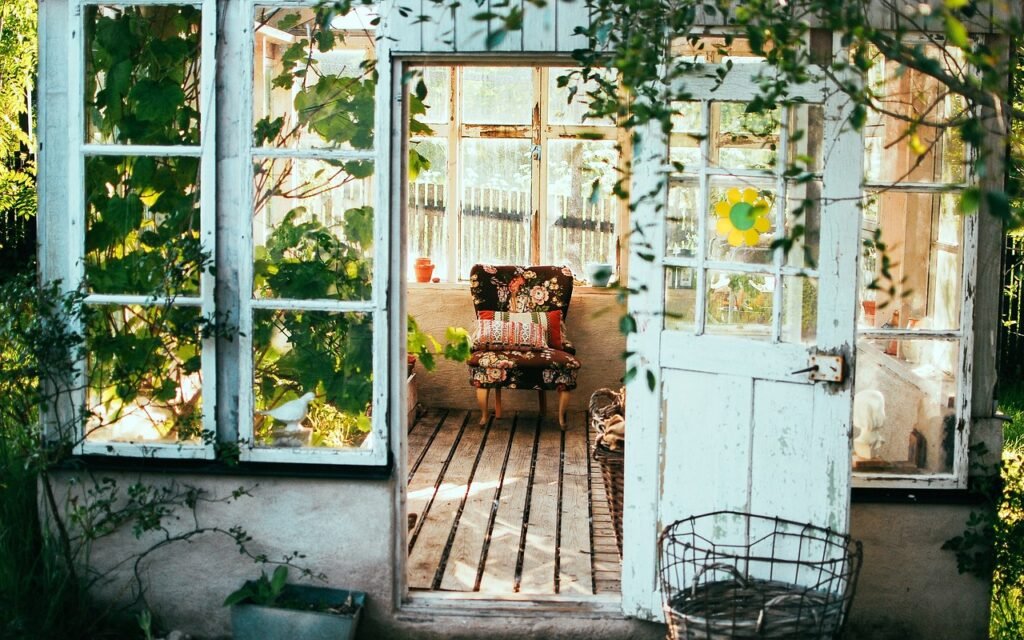
Pendant Lights
Pendant lights are suspended from the ceiling and provide both ambient and accent lighting. They come in a variety of styles and can be used to add a focal point to a room or highlight a specific area, such as a dining table or kitchen island.
Table Lamps
Table lamps are portable lighting fixtures that can be placed on tables, shelves, or other surfaces. They are a versatile option for accent lighting, as they can be easily moved and adjusted to create the desired effect.
Floor Lamps
Floor lamps are tall lighting fixtures that stand on the floor and provide both general and accent lighting. They can be placed near seating areas or in dark corners to create a cozy and inviting atmosphere.
Choosing the Right Accent Lighting
When choosing accent lighting for your space, it’s important to consider several factors to ensure that you make the right choice:
Consider the size of the room
The size of the room will determine the type and size of accent lighting that will work best. In smaller rooms, it is advisable to choose smaller and more discreet fixtures, while larger rooms can accommodate larger and more prominent lighting options.
Think about the desired atmosphere
Consider the atmosphere you want to create in the room. Do you want it to be cozy and intimate, or bright and lively? The type of lighting you choose will have a significant impact on the overall mood and ambience of the space.
Match the style of your existing décor
Ensure that the accent lighting you choose complements the style and theme of your existing décor. Whether your style is modern, traditional, or eclectic, there are lighting options available that will seamlessly integrate into your space.
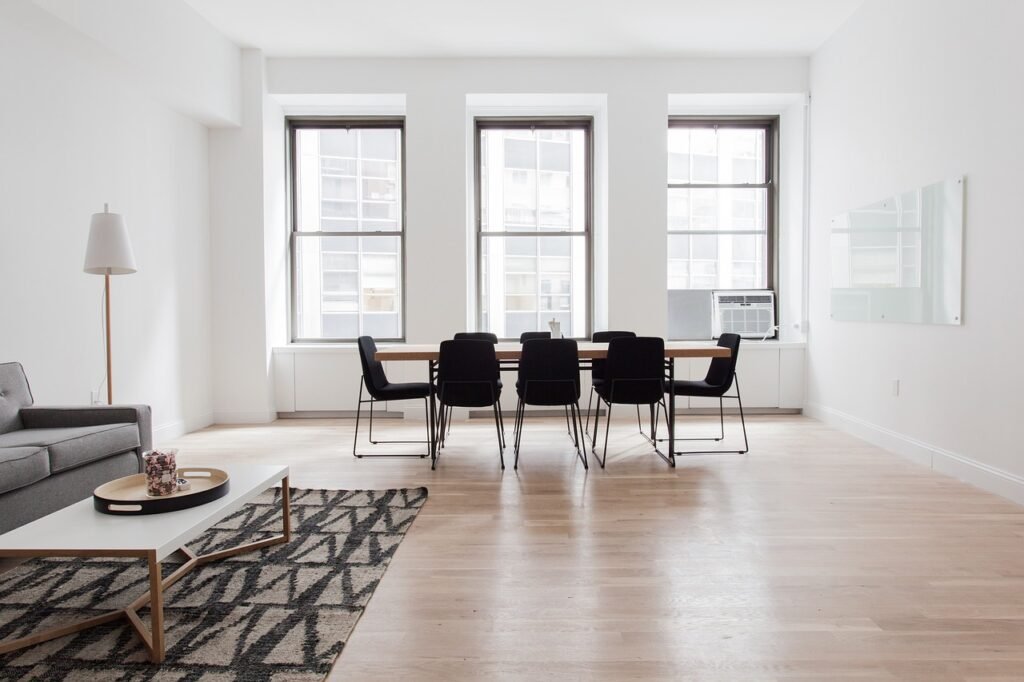
Consider energy efficiency
Energy-efficient lighting options, such as LED bulbs, can help reduce energy consumption and lower your electricity bills. Consider choosing accent lighting fixtures that are compatible with energy-efficient bulbs to save both energy and money.
Take into account the required brightness
The level of brightness required will depend on the purpose of the accent lighting. If you need it to simply create a warm and inviting glow, lower brightness levels may be sufficient. However, if you want to highlight a specific object or area, brighter lighting may be necessary.
Placement of Accent Lighting
Proper placement of accent lighting is crucial to achieve the desired effect and highlight specific objects or areas. Here are some common ways to use accent lighting in your space:
Highlighting artworks and focal points
Use accent lighting, such as wall sconces or picture lights, to direct attention to your favorite artworks, photographs, or other decorative pieces. This will create a focal point and add visual interest to your walls.
Creating visual interest in dark corners
Dark corners can be transformed into cozy nooks with the strategic placement of accent lighting. Use floor lamps or table lamps to illuminate these areas and create a sense of depth and dimension in the room.
Illuminating bookshelves and display cabinets
Accent lighting can be used to showcase your book collection, display items, or cherished souvenirs. Install adjustable track lighting or use LED strip lights to highlight these areas and make them stand out.
Enhancing architectural features
If your space has unique architectural features, such as exposed brick walls, columns, or archways, accent lighting can be used to highlight and emphasize these elements. Wall sconces or spotlights can effectively draw attention to these features and enhance the overall aesthetic appeal of the room.
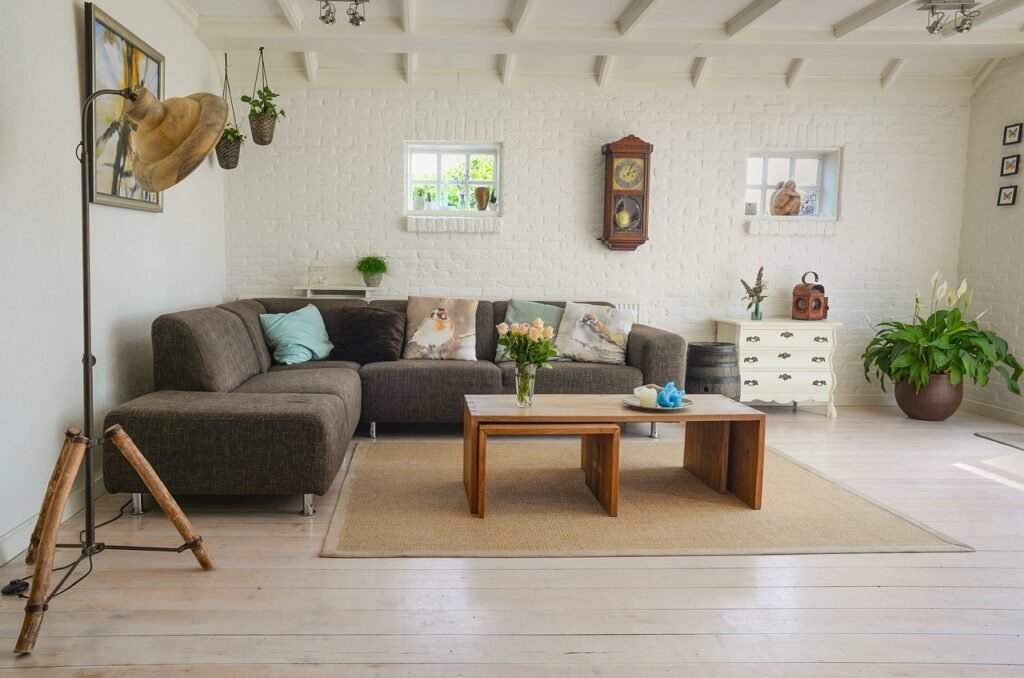
Setting the mood in outdoor spaces
Accent lighting can also be used to create a welcoming and inviting atmosphere in your outdoor spaces. Install outdoor spotlights or string lights to highlight your patio, garden, or other outdoor areas, and create a cozy ambiance for entertaining or relaxing.
Color Temperature and Accent Lighting
Understanding color temperature
Color temperature refers to the appearance of light in terms of warmth or coolness. It is measured in Kelvin (K) and ranges from warm tones, such as red and yellow, to cool tones, such as blue and white.
Warm and cool color temperature
Warm color temperatures, typically ranging from 2700K to 3000K, emit a soft, yellowish light that creates a cozy and inviting ambience. On the other hand, cool color temperatures, ranging from 3500K to 5000K, produce a brighter white light that is more energizing and suitable for task-oriented spaces.
Choosing the right color temperature for different spaces
The color temperature of accent lighting should be chosen based on the specific purpose and atmosphere you want to create in a particular space. Warmer color temperatures are often used in living areas, bedrooms, and dining rooms to create a calm and relaxing atmosphere. Cooler color temperatures, on the other hand, are typically used in kitchens, offices, and workspaces to promote concentration and productivity.
Using color temperature to create specific effects
Color temperature can also be used creatively to enhance the visual impact of accent lighting. For example, using warm color temperatures to highlight dark corners or alcoves can create a soft and inviting glow, while cooler color temperatures can be used to draw attention to bold architectural features or create a more modern and contemporary feel.
Creative Uses of Accent Lighting
Backlighting
Backlighting involves placing light sources behind an object or area to create a visually striking effect. This technique can be used to highlight translucent materials, such as stained glass or frosted glass, and create a beautiful glow.
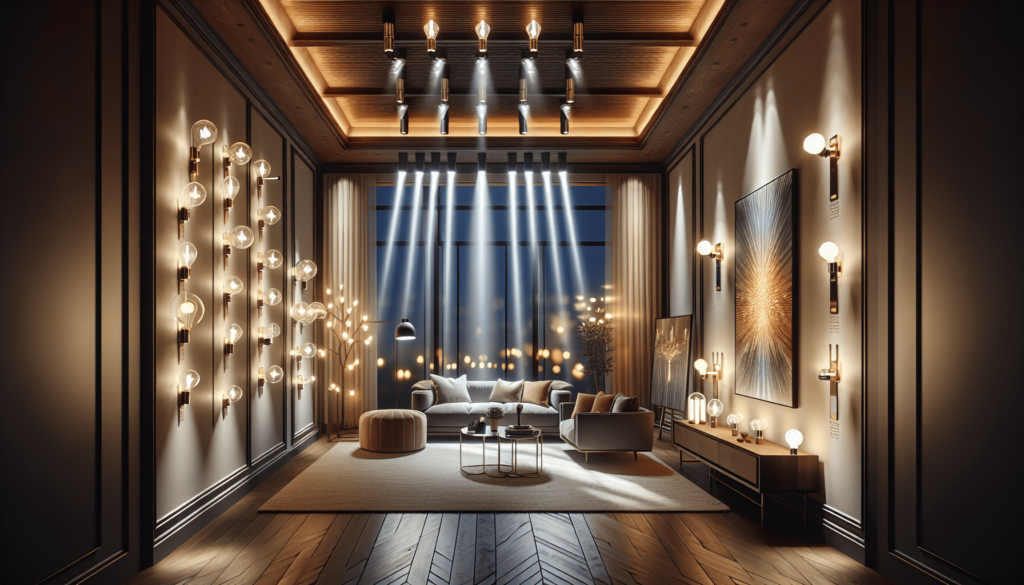
Up-lighting
Up-lighting refers to the placement of lighting fixtures at ground level, aimed at the ceiling or a specific object. This technique can be used to create a dramatic effect and highlight tall plants, architectural features, or textured walls.
Cove lighting
Cove lighting involves installing LED strips or rope lights in a hidden recess or concealed space, such as a ceiling cove or along the top edge of cabinets. This indirect lighting technique creates a soft and diffused glow that adds depth and dimension to a room.
Under-cabinet lighting
Under-cabinet lighting is a functional and decorative form of accent lighting used in kitchens and other workspaces. It involves installing lighting fixtures underneath cabinets or shelves to provide task lighting and create a visually appealing effect.
Outdoor uplighting
Outdoor uplighting can be used to illuminate trees, shrubs, or architectural features in your outdoor spaces. By placing uplights at the base of these objects, you can create a dramatic and enchanting effect, perfect for highlighting your landscaping or creating a focal point in your yard.
Accent Lighting and Design Styles
Accent lighting can be used to complement different design styles and enhance the overall aesthetic appeal of your space. Here are some examples of how accent lighting can be incorporated into different design styles:
Modern and Contemporary
In modern and contemporary spaces, clean lines and minimalist designs are often favored. Accent lighting can be used to highlight architectural features, such as exposed beams or unique wall textures, and create a sleek and sophisticated atmosphere.
Traditional and Classic
Traditional and classic design styles are characterized by ornate details and rich textures. Accent lighting, such as chandeliers or wall sconces with decorative elements, can be used to enhance the elegance and timeless appeal of these spaces.
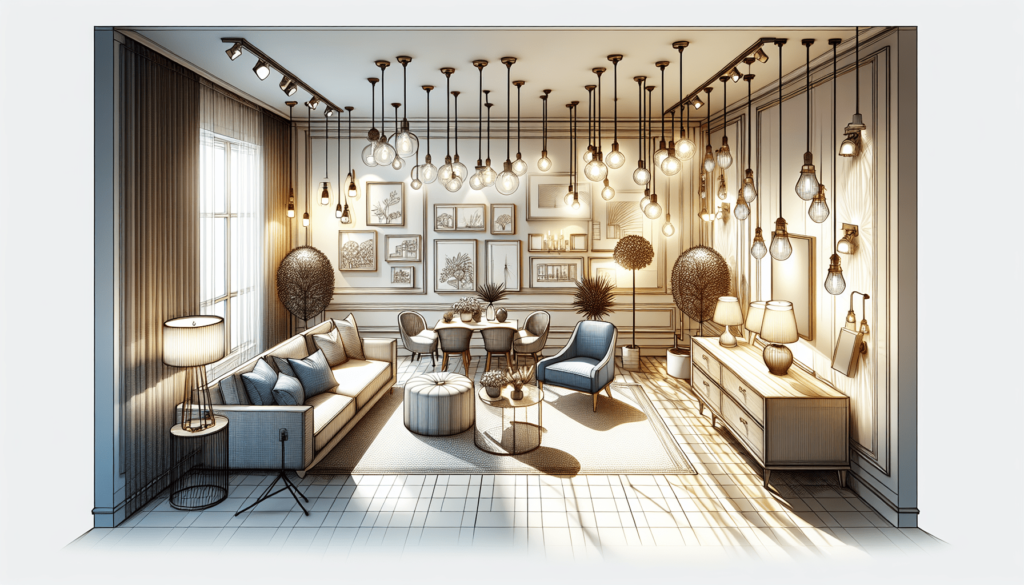
Industrial and Rustic
Industrial and rustic design styles often feature raw materials, such as exposed brick, metal, and wood. Accent lighting, such as vintage pendant lights or industrial-inspired wall sconces, can be used to add a touch of nostalgia and create a cozy and inviting atmosphere.
Minimalist and Scandinavian
Minimalist and Scandinavian design styles embrace simplicity and functionality. Accent lighting, such as sleek table lamps or pendant lights with clean lines, can be used to add a subtle touch of elegance and create a warm and inviting atmosphere.
Eclectic and Bohemian
Eclectic and bohemian design styles are all about mixing patterns, colors, and textures. Accent lighting, such as colorful pendant lights or unique floor lamps, can be used to add a playful and whimsical element to these spaces.
Accent Lighting Tips for Different Rooms
Living Room
In the living room, accent lighting can be used to create a cozy and inviting atmosphere. Consider using a combination of floor lamps, table lamps, and wall sconces to provide both general and accent lighting. Place floor lamps next to seating areas to create a warm and intimate ambiance, use table lamps to highlight decorative objects or provide task lighting for reading, and install wall sconces to showcase artwork or architectural features.
Kitchen
In the kitchen, accent lighting can serve both functional and decorative purposes. Use under-cabinet lighting to provide task lighting for food preparation areas, and install pendant lights or track lighting above the kitchen island or dining table to create a focal point and enhance the overall ambience of the space.
Bedroom
In the bedroom, accent lighting should be used to create a soothing and relaxing environment. Install wall sconces or bedside lamps to provide soft and dimmable lighting for reading or winding down in the evening. Consider using LED strip lights to create a subtle and calming glow around the bed or behind a headboard.
Bathroom
In the bathroom, accent lighting can be used to create a spa-like atmosphere and highlight specific areas, such as the vanity or bathtub. Install wall sconces on either side of the mirror to provide even and flattering lighting for grooming tasks, and consider using recessed lighting or LED strip lights in the shower or around the bathtub for a touch of luxury.
Outdoor Spaces
In outdoor spaces, accent lighting can transform your backyard or patio into a magical and inviting area. Use string lights or outdoor pendants to create a warm and cozy atmosphere for entertaining, and install uplights to highlight landscaping features or architectural elements.
DIY Accent Lighting Projects
If you’re feeling creative and want to add a personal touch to your accent lighting, here are some DIY projects you can try:
Upcycled Mason Jar Light Fixtures
Transform old mason jars into unique and charming light fixtures by attaching pendant light kits to the jar lids. These rustic and vintage-inspired fixtures can be used as accent lighting in various spaces and add a touch of whimsy to your décor.
Rope Light Headboard
Create a stunning and ambient headboard by attaching rope lights to a wooden frame or directly to the wall behind your bed. This DIY project adds a soft and romantic glow to your bedroom and can be customized to match your décor style.
LED Strip Lighting
LED strip lights are versatile and easy to install, making them perfect for DIY accent lighting projects. You can use them to highlight shelving, stairs, or even artwork by attaching them to the back or underside of these objects.
Wine Bottle Chandeliers
Turn empty wine bottles into a unique and eye-catching chandelier by attaching pendant or string lights to the bottles. This DIY project adds a touch of elegance and sophistication to your space while showcasing your love for wine.
DIY Paper Lanterns
Create your own paper lanterns by folding and assembling colored or patterned paper. Attach string lights or LED candles inside the lanterns for a soft and decorative accent lighting option. Hang them in your living room, bedroom, or outdoor spaces for a whimsical and playful touch.
Conclusion
In summary, accent lighting is a valuable tool in enhancing your home décor and creating a visually appealing and inviting atmosphere. Whether you want to highlight artwork, illuminate dark corners, or add depth to a room, accent lighting offers a wide range of options to suit your style and needs. By considering the size of the room, the desired atmosphere, and the existing décor, you can choose the right accent lighting fixtures and placement to achieve the desired effect. With an understanding of color temperature and the creative uses of accent lighting, you can further enhance the visual impact and ambiance of your space. So go ahead, explore the possibilities of accent lighting and make your home shine with style and personality.
